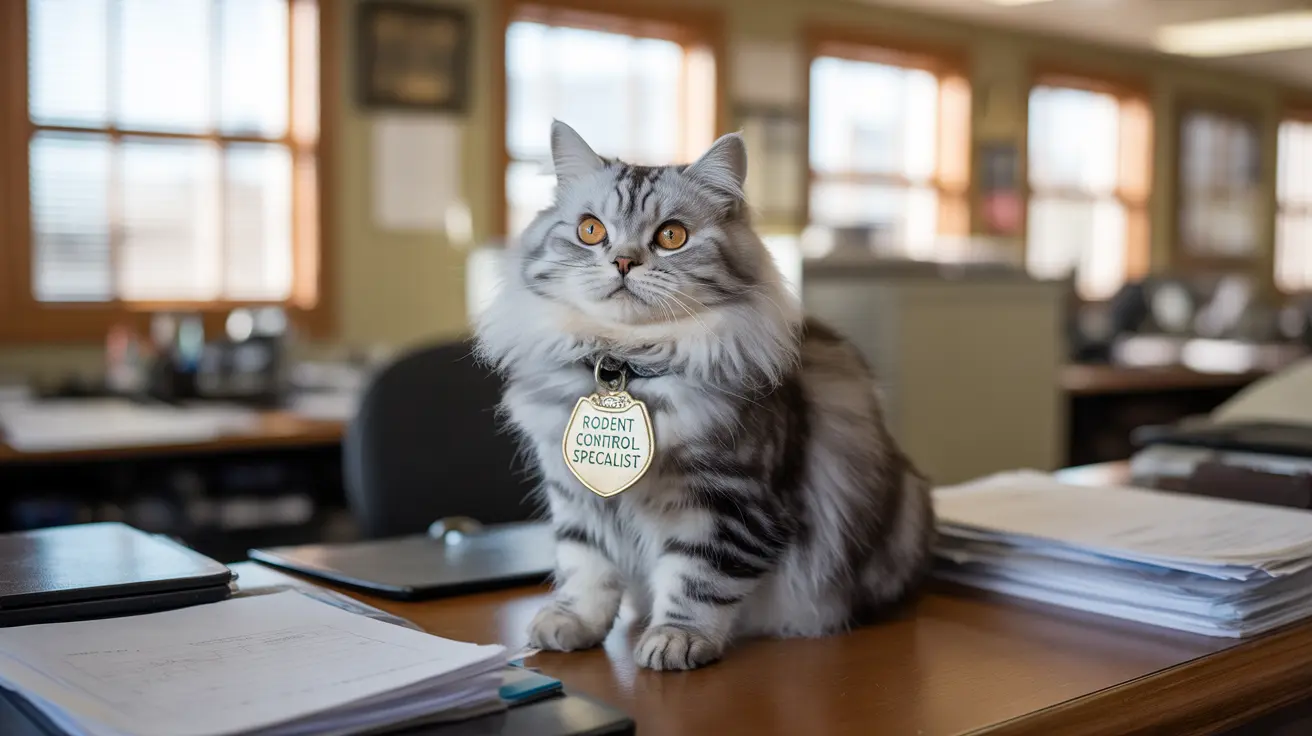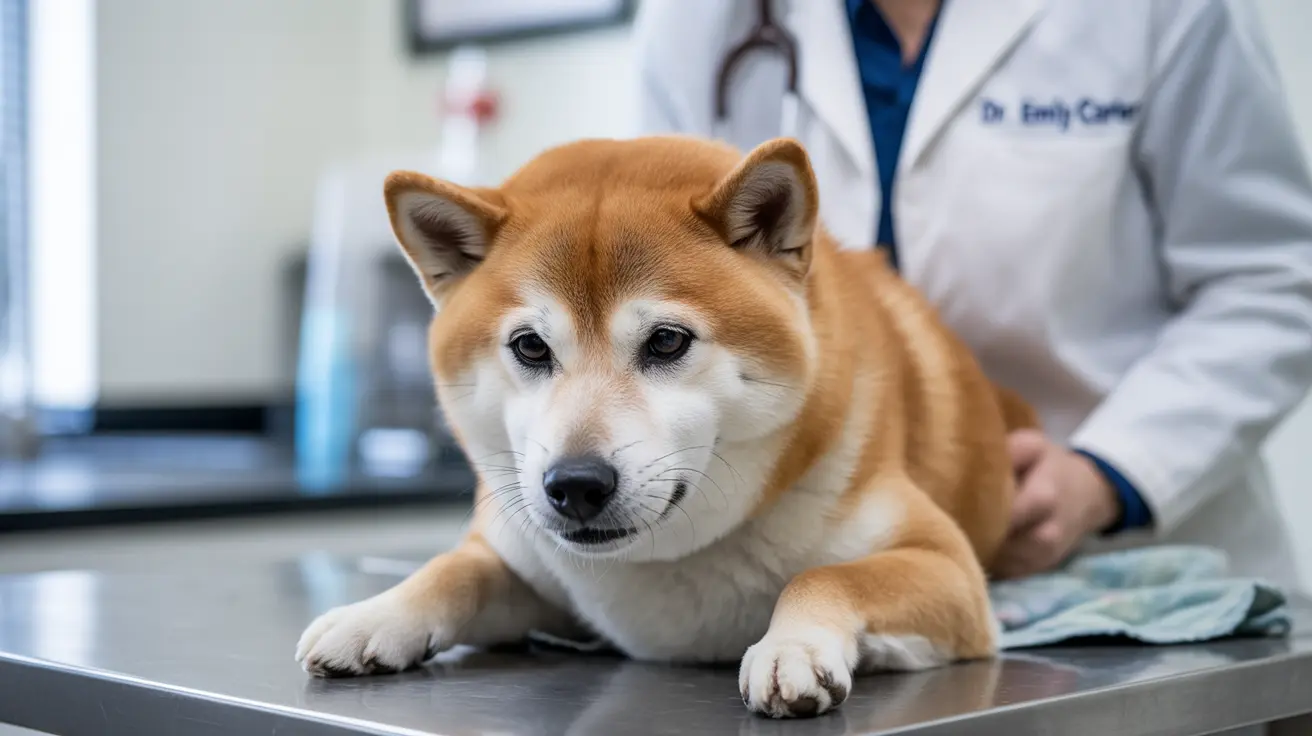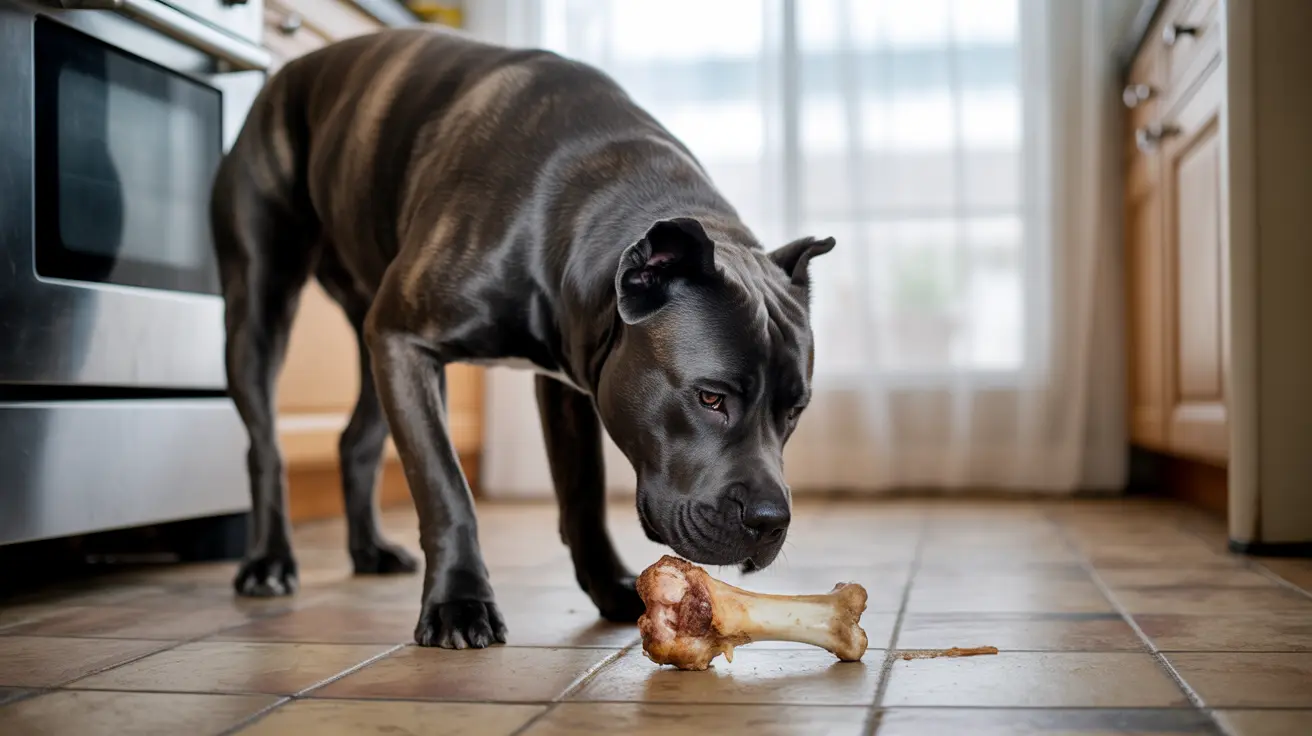The Historical Roots of Police Cats
The tradition of police cats dates back to the early 1900s, with one of the most notable examples being Dewey, a talented tabby who served at Brooklyn's 153rd Precinct. Dewey became famous for his exceptional rat-catching abilities, addressing a serious health and sanitation concern of the era. This practical role established cats as valuable assets in urban police stations.
Many police cats started as strays seeking shelter, eventually becoming permanent fixtures in their respective precincts. Their natural hunting instincts and independent nature made them perfect for maintaining rodent-free environments while requiring minimal training or maintenance.
Notable Feline Officers and Their Achievements
Perhaps the most famous police cat in recent history was Fred the Undercover Kitty, who participated in a 2006 sting operation in New York. Fred's involvement led to the arrest of an unlicensed veterinarian, earning him a Law Enforcement Appreciation Award from the Brooklyn district attorney.
In Japan, Officer Lemon became a local celebrity by wearing a tiny police uniform and providing comfort to elderly citizens concerned about fraud. These examples showcase how police cats can serve both practical and community-oriented roles.
Modern Roles and Responsibilities
Station Maintenance and Pest Control
The primary practical function of police cats remains rodent control. Their natural hunting instincts help maintain sanitary conditions in police facilities, often more effectively than traditional pest control methods.
Community Relations and Public Outreach
Police cats excel at improving department-community relationships. Their presence helps create a more approachable atmosphere and provides excellent opportunities for positive public interaction, particularly with children and seniors.
Stress Relief and Morale Boosting
Law enforcement can be an incredibly stressful profession. Station cats provide valuable emotional support to officers and staff, offering moments of levity and companionship during challenging shifts.
Training and Care Considerations
Unlike police dogs, cats don't undergo formal training programs. Instead, they're selected based on temperament and adaptability to busy environments. The focus is on ensuring they're comfortable in the station setting while maintaining their natural behaviors.
Departments with police cats must provide regular veterinary care, appropriate nutrition, and safe spaces within the station for rest and retreat when needed.
Frequently Asked Questions
What roles do police cats typically play in law enforcement and community engagement?
Police cats primarily serve as rodent control specialists, station mascots, and community ambassadors. They help maintain sanitary conditions, boost officer morale, and facilitate positive interactions with the public.
How are police cats selected and trained compared to other animals in law enforcement?
Unlike police dogs, cats don't receive formal training. They're chosen based on their temperament and ability to adapt to busy environments. Most are former strays or shelter cats that naturally fit into the station environment.
What are some famous examples of police cats making significant contributions to their communities?
Fred the Undercover Kitty helped arrest an unlicensed veterinarian in New York, while Officer Lemon in Japan became known for comforting elderly citizens. Dewey, from early 1900s Brooklyn, was celebrated for his exceptional rat-catching abilities.
How do police cats help maintain a positive image for law enforcement agencies?
Police cats help humanize law enforcement by creating a more approachable atmosphere in police stations. They provide natural conversation starters and help build bridges between officers and community members.
What are the benefits and challenges of having a police cat as part of a law enforcement team?
Benefits include effective pest control, improved officer morale, and enhanced community relations. Challenges involve ensuring proper care, managing their independent nature, and accepting that their roles are more limited compared to police dogs.






